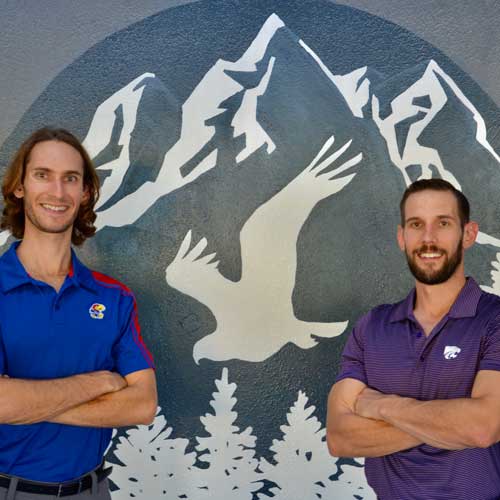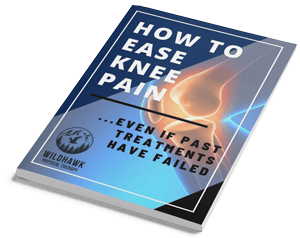It’s that time of the year when the temperature begins to drop. If you’re an active person you know that this is also the time nagging aches and pains resurface. You’ll feel these unpleasant and sometimes unbearable sensations around your joints.
If you’re familiar with cold weather joint pain, you’re not alone!
According to the (CDC), about 23% of Americans have arthritis. This means around 58 million people stock up on knee wraps and Tylenol for the winter.
We can always blame the weather, but what is it about the cold that causes joint pain to flare up?
According to WebMD, cold weather creates the dreaded pain and stiffness around your joints by:
- Affecting your sensitivity to pain
- Causing muscle spasms
- Causing the tissues inside the joints to expand
Cold Weather and Pain Sensitivity
The nervous system — particularly the nerve endings — is essential to the perception of sensations. The nerve endings are responsible for taking sensations like temperature and pain felt on the skin and transporting them through the body as electrical signals. These electrical signals make their way to the brain where they are either processed as pain or pleasure.
As the temperature drops, the cold stimulates the nerve endings. Because the sensation is of the air and not pressure, a different signal goes to the brain. In a 2020 study, cold — particularly extreme cold — has been shown to elicit a sensation that is identical to pain.
By default, the cold is not the cause of actual pain. However, the study above suggests that you’ll perceive cold temperatures as pain when the cold becomes “too cold.”
Cold Weather Joint Pain as a Result of Muscle Spasms
Other than increasing your pain sensitivity, the cold also affects your muscles. Muscle spasms occur more frequently during the colder times of the year.
One of the ways your body tries to maintain its temperature is by muscle contraction. In other words, when the temperature drops, your muscles will be activated – this is why you shiver!
For some people, shivering hardly leads to pain. However, for anyone suffering from arthritis, spinal cord injury, and other neuromotor issues, prolonged shivering causes spasms.
When the muscles spasm or “freeze up,” the pain can be unbearable, often resembling a cramp. During muscle spasms, the joints that spastic muscles surround can be painful and stiff.
Stiffness is common on the nearby muscles of small joints like the fingers and toes. Muscle spasms in the quadriceps from the cold also lead to stiffness and pain in weight-bearing joints. Examples of weight-bearing joints are the knees, ankles, and hips.
Tissue Expansion and Joint Pain in the Cold
Lastly, another theory that accounts for the pain you feel in your joints during the winter involves tissue expansion. According to the University of Chicago Medical Center, cold temperatures have a way of affecting air pressure. This is important because of how tissues inside your joints respond to changes in pressure.
Decreases in air pressure can cause the tissues inside the joints to expand. The expansion is also partly due to the increase in fluid.
Both reactions are meant to keep the joints mobile during cold weather. The problem is that the expansion of tissues can lead to pain for arthritis patients.
As the joints expand, they press on the pain receptors close to the skin. The pressure on the pain receptors causes pain in the area where the joint is. Most of the time, the pain radiates or spreads to nearby areas, making simple tasks like walking or gripping problematic.
Can Anything Be Done about Winter Joint Pain?
Yes! Here are some simple tips to manage your flare-ups:
Rest
If there is no need to exert yourself, why bother? Sometimes resting the affected limb or joint is enough to cause relief.
Warmth and Compression
During the cold months, it’s important to stay warm. Not only should you be dressing in warm layers, but sometimes compressive clothing can be helpful as well. Compression will be helpful on the weight-bearing joints (areas like ankles and knees)
When Allowed, Consider Over-the-counter Pain Medications
There are many medications you can take to alleviate joint pain. Most of the time, these medications are NSAIDs (non-steroidal anti-inflammatory medications). These medications were formulated to stop pain by decreasing inflammation.
Speak to a physician before you purchase pain medications.
Manage Winter Joint Pain with Physical Therapy
The cold weather can cause your joints to hurt unbearably. If the tips above do little to help, there is another solution.
Physical therapy can help alleviate pain, whatever the cause. With therapy, your joints can regain their health and natural range of motion.
now and give winter joint pain the cold shoulder.










